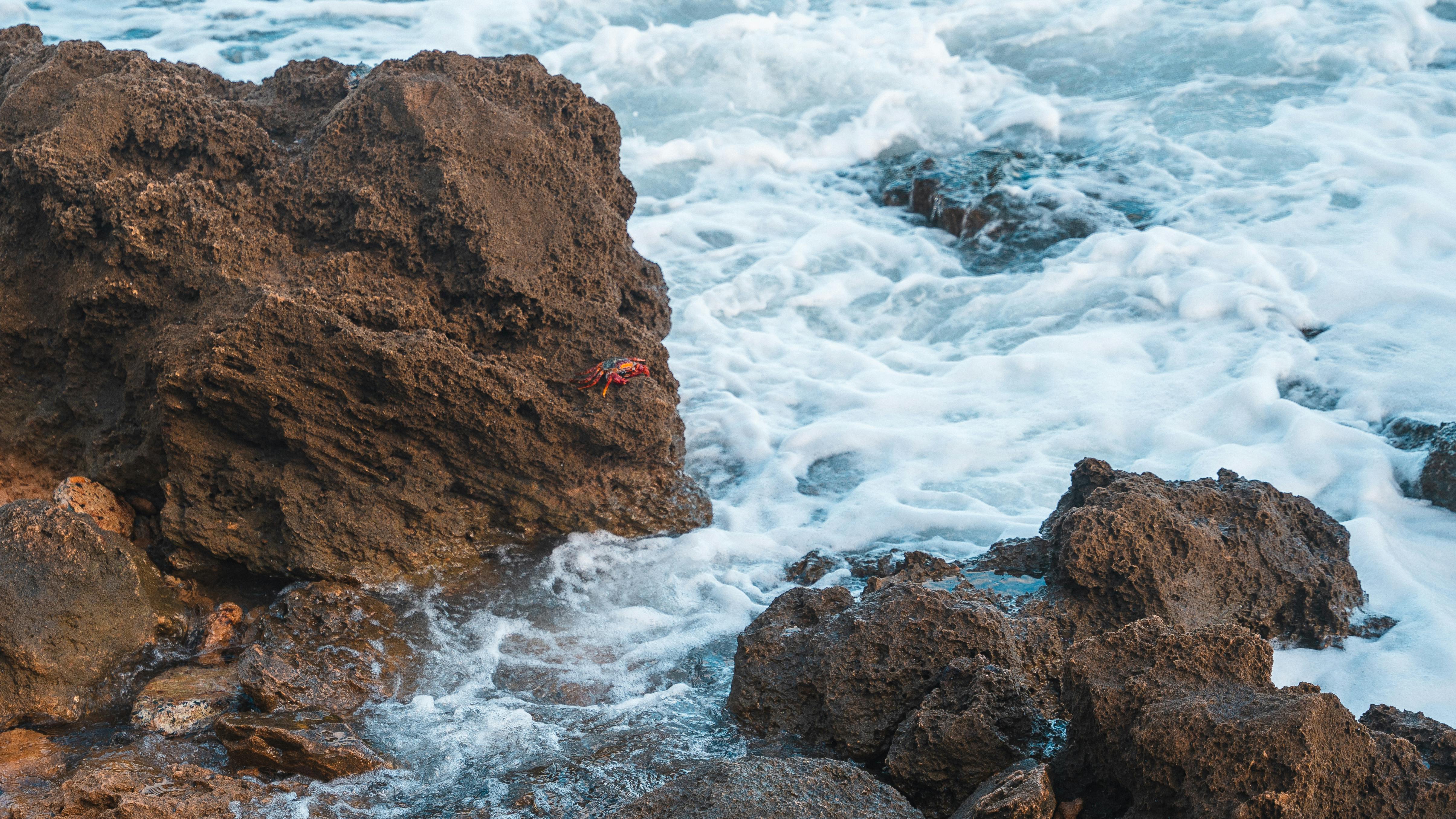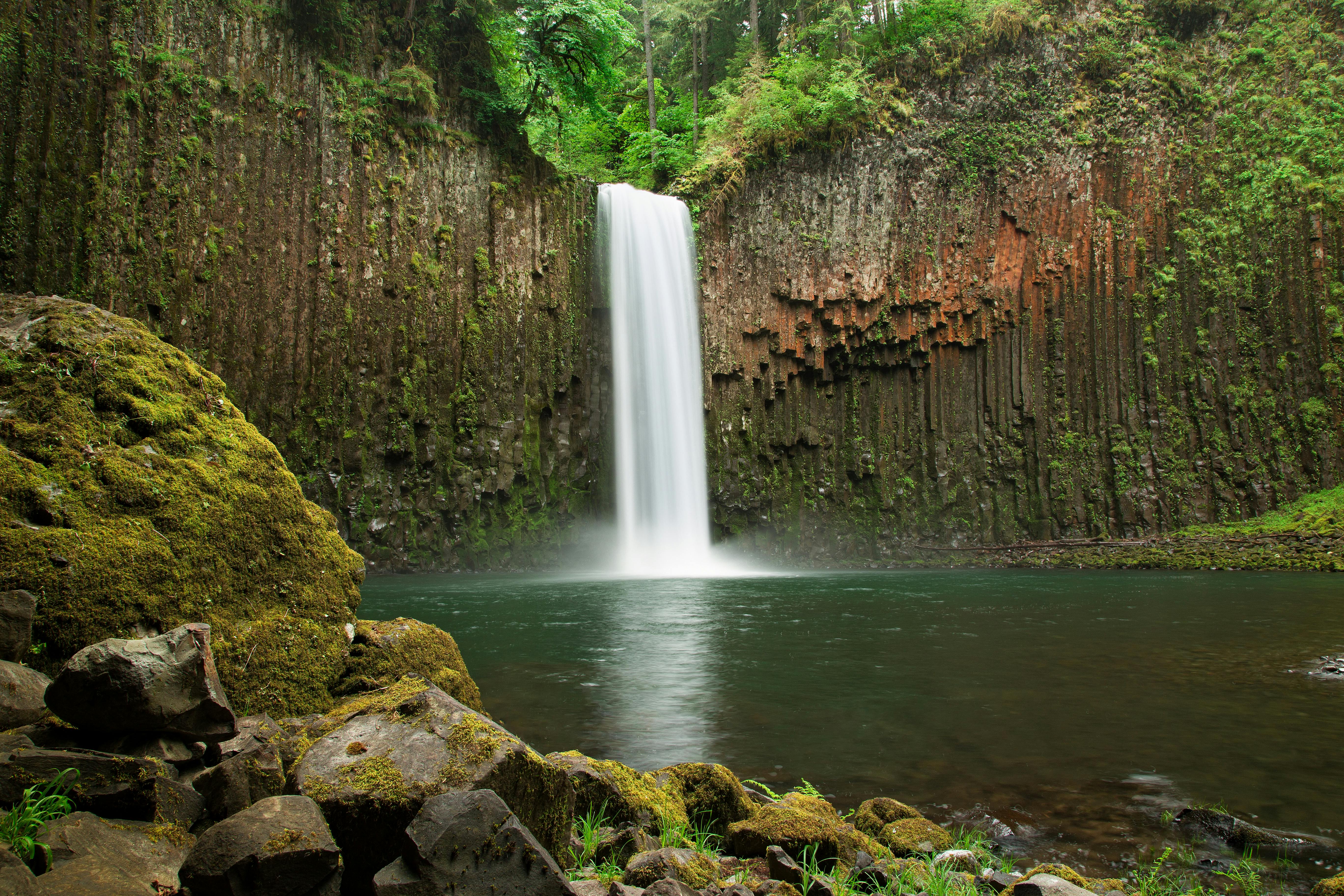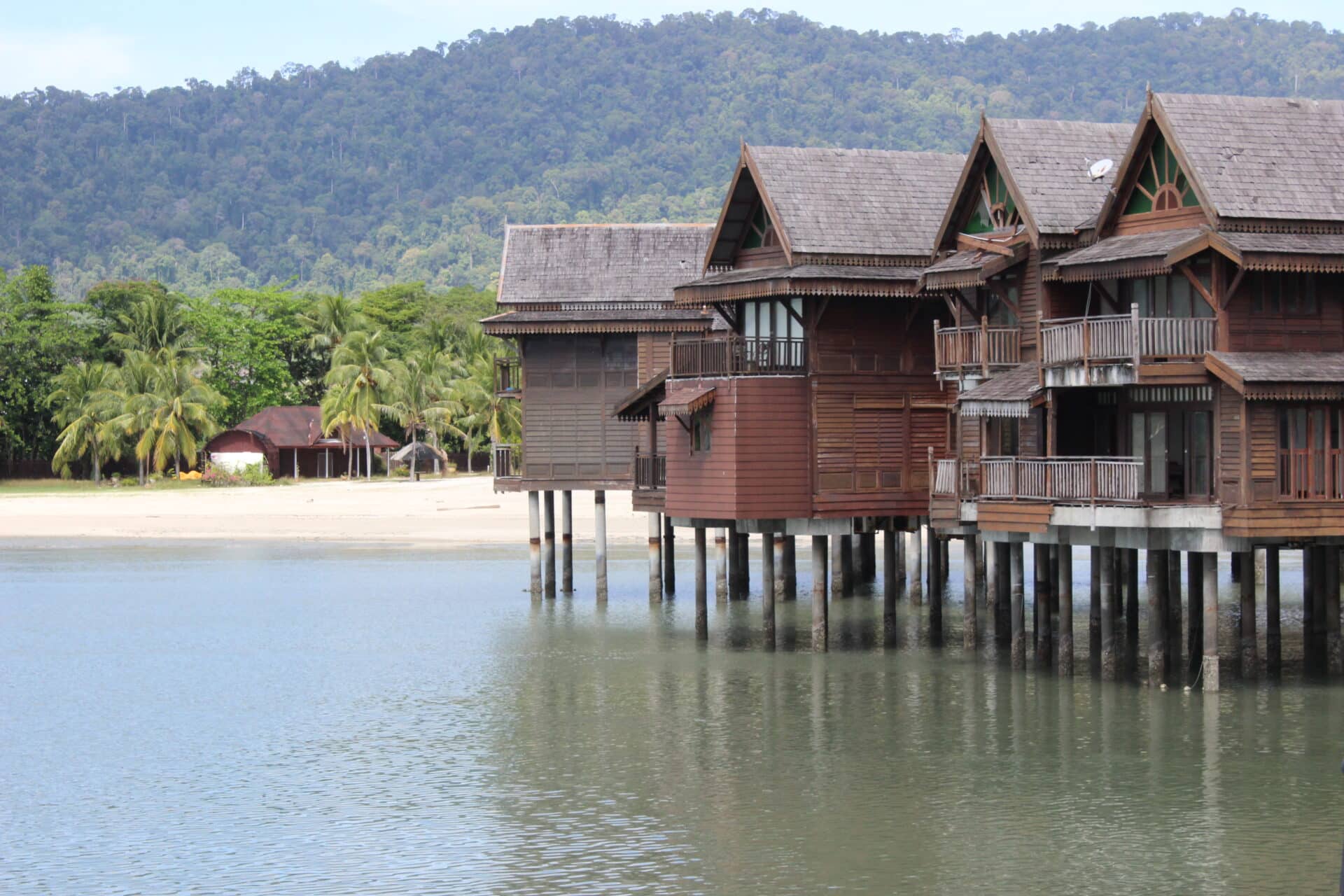Distillation is a process used to purify water by removing impurities and contaminants through evaporation and condensation. Water is heated until it vaporizes, leaving behind any solid or liquid contaminants in the original container. The vapor is then cooled and condensed, resulting in pure distilled water. Distilled water is free from many of the minerals and other compounds that can be found in other types of water, which makes it useful for many applications including drinking, medical uses, laboratory experiments, and more.Distilled water is water that has been boiled into steam and then condensed back into liquid form. It does not contain any minerals or other impurities, making it the purest form of water available. It is often used in laboratories, car batteries and other applications where pure water is required.
What is the Process of Distillation?
Distillation is a process used to separate liquids from a mixture of two or more liquids. It involves heating the mixture to its boiling point, then capturing and condensing the vapor into a separate container. This process is used to purify liquids, such as water and alcohol, as well as to separate mixtures of liquids with different boiling points. For example, distillation can be used to separate water from ethanol or gasoline from oil.
The basic principle of distillation is that different substances have different temperatures at which they vaporize or boil. As the mixture heats up, the vapor pressure of each component increases until it reaches its boiling point and evaporates. This evaporated vapor is then captured and condensed into a liquid state, allowing it to be separated from the remaining liquid in the mixture. This process can be repeated multiple times until the desired degree of purity is achieved.
Distillation can be carried out in either a batch or continuous manner depending on the desired results. In batch distillation, a single batch of liquid is heated and allowed to cool before being collected for further processing. Continuous distillation involves continuously introducing new liquid into a heating chamber while simultaneously collecting the evaporated vapor for further processing.
In addition to separating components based on their boiling points, distillation can also be used to isolate specific compounds from complex mixtures such as petroleum and natural gas. By carefully controlling temperature and pressure during distillation, certain compounds can be selectively removed while others remain in place in order to achieve the desired result.
Overall, distillation is an important process used in many industries for purifying liquids and separating mixtures of liquids with different properties. By controlling temperature and pressure during this process, specific compounds can be isolated from complex mixtures for further processing or analysis.
Heat Affects the Process of Distillation
Heat is one of the most important factors in the process of distillation. The amount of heat used during the distillation process affects the purity and quality of the final product. In general, higher temperatures result in higher yields and higher purity levels. However, if temperatures are too high, they can cause damage to the equipment and can produce an undesired end product.
The temperature at which a substance boils is referred to as its boiling point. This is determined by its physical properties such as its molecular structure, crystallinity and intermolecular forces. When heat is applied to a substance, it will start to vaporize and separate into components with different boiling points. This is known as fractional distillation, where different components are separated based on their boiling points.
The rate at which a substance boils also plays a role in distillation. The faster a substance boils, the more efficiently it can be distilled. If the temperature is too low or too high for a particular component in the mixture, it may not be efficiently removed from the other components during the process. This can lead to an undesired end product or loss of yield due to inefficient use of energy during distillation.
The application of heat also affects how quickly vapors are formed from liquid mixtures during distillation. When heat is increased, more energy is available for molecules to move faster and separate from each other more quickly. This increases the rate at which vapors form from liquids and therefore increases efficiency during distillation processes.
Overall, proper control over temperature plays an important role in achieving desired results when using distillation techniques for separation or purification processes. Too much or too little heat can lead to an undesired end product or inefficient use of energy resulting in decreased yield or quality levels of products produced through distillation processes.
Distilled Water Benefits
Distilled water has several benefits. Distillation is a process which removes contaminants from water. It is one of the best ways to ensure that your drinking water is safe and free of harmful impurities. Here are some of the benefits of drinking distilled water:
1. Distilled Water is Free of Contaminants: Distilling water is an effective method for reducing and eliminating contaminants such as chemicals, heavy metals, bacteria, and other impurities from your drinking water. This makes it ideal for use in households or businesses that want to guarantee the quality and safety of their drinking water.
2. It Tastes Better: Since distilled water has been purified through a process of boiling and condensing, it tastes much cleaner than tap or bottled water which may contain minerals or other contaminants that can affect its taste.
3. It’s Better for Your Health: Drinking distilled water can help to reduce the risk of health problems associated with consuming contaminated or mineral-rich waters. Studies have shown that people who drink distilled water are less likely to suffer from digestive issues, kidney stones, urinary tract infections, and other health issues related to consuming contaminated or mineral-rich waters.
4. It’s Economical: Compared to other forms of purified or bottled waters, distilled water is relatively inexpensive to produce. This makes it an affordable choice for those who want clean and safe drinking water without breaking their budget.
5. It’s Eco-Friendly: Since distillation uses minimal energy and doesn’t generate any waste products, it’s an environmentally friendly way to purify your drinking water without harming the environment.
In conclusion, distilled water has many benefits over tap or bottled waters because it is free from contaminants, tastes better, is better for your health, is economical and eco-friendly. Therefore, if you’re looking for a safe way to ensure that you’re getting clean drinking water on a regular basis, then consider using distilled water instead.
Potential Risks of Distilled Water
Distilled water is water that has been boiled and the steam collected and condensed back into liquid form. It is considered to be pure, since it has been stripped of all impurities. While it may seem like a safe and healthy choice for drinking, there are some potential risks associated with drinking distilled water.
One of the main risks associated with drinking distilled water is that it can be extremely low in essential minerals and electrolytes. Drinking distilled water on a regular basis can lead to mineral deficiencies, as the body needs minerals such as calcium, magnesium, sodium, and potassium to function properly. Because these minerals are not present in distilled water, it can be detrimental to health when consumed over long periods of time.
Another potential risk of consuming distilled water is that it can cause an imbalance in the body’s acid-base balance. Distilled water is naturally acidic due to its lack of minerals, which can cause problems with digestion and absorption of nutrients from food. It can also increase the risk for certain diseases such as osteoporosis and kidney stones due to its acidity.
Finally, distilled water may also contain trace amounts of pollutants from the environment that have been boiled off during the distillation process. This means that even though it is considered pure, there could still be some contaminants present in the water that could potentially be harmful if consumed over long periods of time.
Overall, while distilled water has some potential health benefits due to its lack of impurities and contaminants, there are also some risks associated with consuming it on a regular basis. It is important to consider these risks before choosing to drink distilled water on a daily basis.

Types of Distillation Techniques Used to Produce Distilled Water
Distillation is an important technique used in the production of distilled water. It is a process that removes contaminants from water by separating it into its component parts. Distilled water is a type of purified water that has had all impurities removed through distillation. There are several different types of distillation techniques used to produce distilled water, including steam distillation, vacuum distillation, and reverse osmosis.
Steam distillation is the most common type of distillation used to produce distilled water. In this process, water vapor is created by boiling the water and then condensed back into a liquid form to create pure distilled water. This method is often used in industrial applications because it is efficient and produces high-quality results. The main disadvantage of steam distillation is that it requires energy to heat the water up to boiling temperatures, which can be costly.
Vacuum distillation is another popular method for producing distilled water. In this process, hot vapors are generated in a vacuum chamber and then condensed back into liquid form in order to create pure distilled water. This technique does not require as much energy as steam distillation but it can be more expensive due to the need for specialized equipment.
Reverse osmosis is also used to create pure distilled water but it works differently than other techniques because it involves forcing contaminated liquid through a semi-permeable membrane that only allows clean molecules through. This method does not require any heat or energy and can be cost effective in some cases but its effectiveness depends on the type of contaminants present in the source liquid.
All of these techniques are effective methods for producing purified and safe drinking water but they vary in terms of cost, efficiency, and effectiveness depending on the source material being treated and the degree of purification desired. It’s important to research each method carefully before deciding which one will be best suited for your needs.
Choosing the Right Water Distiller for Home Use
When it comes to choosing a water distiller for home use, there are a few key factors to consider. Quality and affordability are the two most important elements to look for in any water distillation system. The right water distiller should also be designed with safety and convenience in mind. Here are some tips on selecting the right water distiller for your home:
First, look for a quality water distiller that is certified by an independent testing organization such as NSF International or UL. This will ensure that the product meets industry standards and is safe to use. Additionally, make sure that the machine has all of the necessary components including a pre-filter, carbon filter, storage tank, and other necessary parts.
Next, consider your budget when shopping for a water distillation system. Quality models can be expensive but there are also more affordable options available on the market today. Do some research to find out which models offer the best value for money and compare prices between different brands.
Finally, think about convenience when selecting a water distiller. Look for models that have features such as automatic shut offs or timers so you don’t have to worry about turning off your machine manually when it’s done distilling. Additionally, look for models that come with additional accessories such as bottles or containers to store distilled water in.
By following these tips, you can be sure to find the right water distiller for home use that meets your needs and budget. With quality design and performance at an affordable price, you can enjoy safe and clean drinking water at home whenever you need it!
Common Uses for Distilled Water
Distilled water is water that has been boiled and then condensed back into liquid form. It is commonly used for drinking, cooking, and other household purposes due to its purity. Distilled water is also popular in medical and laboratory settings as it is free from most contaminants that can interfere with experiments or treatments. Here are some of the most common uses for distilled water:
Drinking: Distilled water is a great option for drinking since it does not contain any of the minerals or impurities that can be found in other types of drinking water. This makes it ideal for those who have specific health concerns such as kidney stones, hypertension, and diabetes.
Cooking: Many recipes call for distilled water as it helps create a better product when used in baking, boiling, poaching, steaming, and other cooking processes. It can also be used to prepare infant formula or food for special diets.
Household Uses: Distilled water can be used to fill humidifiers, steam irons, car batteries, and aquariums without the risk of mineral deposits forming on the interior surfaces. It can also be used to clean surfaces that are sensitive to certain types of chemicals that are present in tap water.
Medical/Laboratory Uses: In medical and laboratory settings, distilled water is often used to prepare solutions or reagents due to its lack of contaminants. This helps ensure accuracy when measuring or testing substances.
These are just some of the most common uses for distilled water. Whether you need it for drinking or household purposes, make sure you purchase pure distilled water from a reliable source so you get the best quality product possible.

Conclusion
Distilled water is the purest form of water that can be produced. It is created by boiling water and capturing the steam, then cooling it back into liquid form. The process of distillation eliminates minerals, salts, bacteria and other contaminants in the water, making it suitable for a variety of uses. As such, distilled water has become an increasingly popular choice for drinking and other uses. Furthermore, it is also used in many industries such as food processing and medical applications.
The advantages of using distilled water are numerous. It is free from contaminants, has a neutral taste and odour, does not contain harmful chemicals or toxins, and does not require special treatment or additional filtration for use. In addition to this, distilled water is also very economical when compared to other forms of purified water.
Overall, distilled water is a versatile and safe option for drinking and many other purposes. Its purity makes it an attractive choice for those looking to improve their health by consuming clean drinking water. Its affordability makes it accessible to people of all income levels who are looking to maintain good health without breaking their budget.

